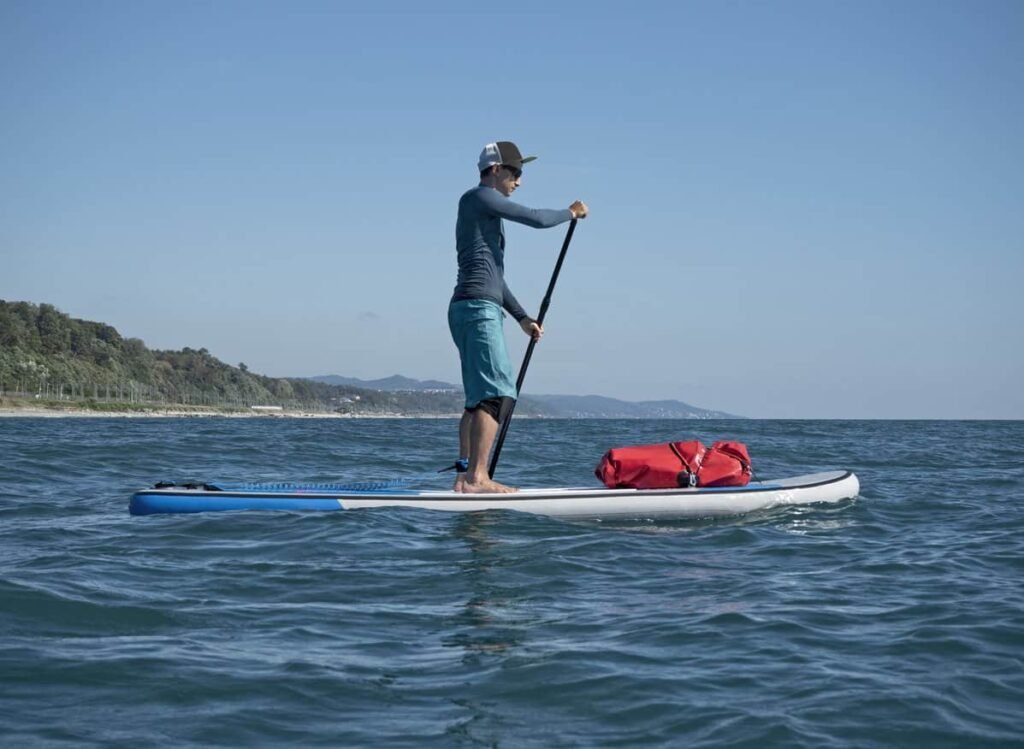
Welcome to the essential guide on dry bags, the unsung heroes of outdoor adventures. Whether you’re kayaking through tranquil waters, trekking rugged trails, or facing the unpredictability of the great outdoors, a dry bag is a crucial companion. This article delves into the versatile uses of dry bags, showcasing how these waterproof wonders protect your gear from the elements and enhance your outdoor experiences. Join us as we explore the various scenarios where a dry bag becomes an indispensable part of your adventure toolkit.
Understanding Dry Bags
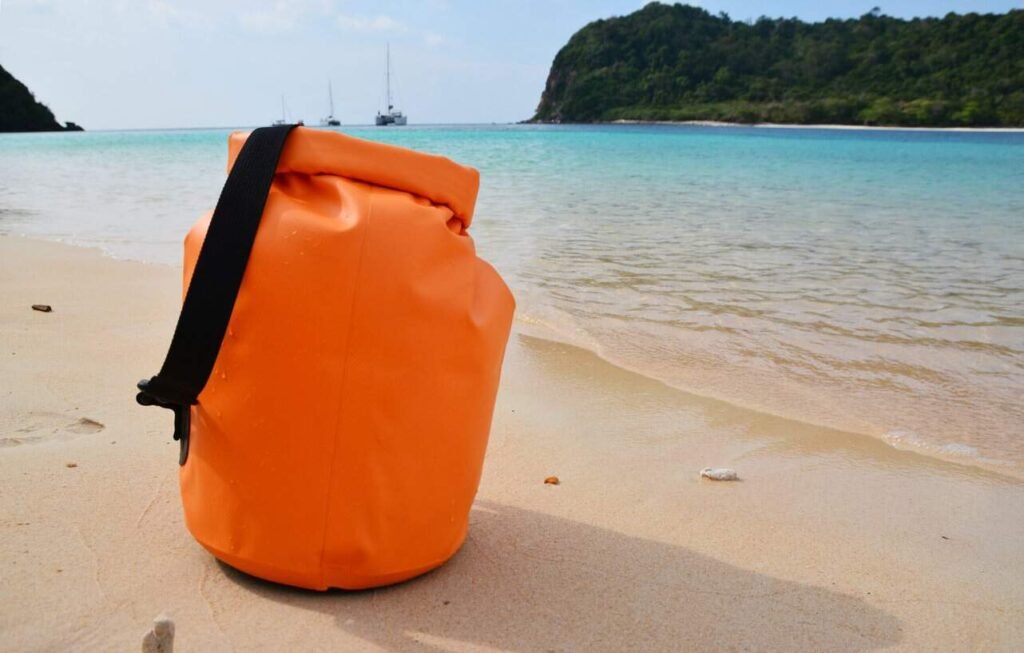
Defining Dry Bags
A dry bag is a type of flexible container which seals in a watertight manner. They are used to prevent water from getting to personal belongings during activities where exposure to water is expected. What is a Dry Bag?
Construction and Design
The effectiveness of a dry bag lies in its construction. They typically feature roll-top closures, where the top of the bag is rolled down several times and then clipped together, creating a watertight seal. This design also allows for adjustable storage capacity.
Waterproof Ratings
Dry bags come with different levels of waterproof ratings, depending on their intended use. Some are designed for light water exposure (splash-proof), while others can withstand being fully submerged (submersible). Dry Bag Waterproof Ratings
Sizes and Shapes
They range from small pouches suitable for phones and wallets to larger bags capable of holding clothing and camping gear. The size and shape of the dry bag you choose will depend on the specific requirements of your activity.
Color and Visibility
Dry bags are available in various colors, including high-visibility options. Brightly colored or reflective dry bags are beneficial for safety purposes, especially in rescue situations. Color Choices in Dry Bags
Additional Features
Some dry bags offer additional features like transparent windows for easy identification of contents, external pockets for quick access, and padded straps for comfortable carrying.
Dry Bags in Water Sports
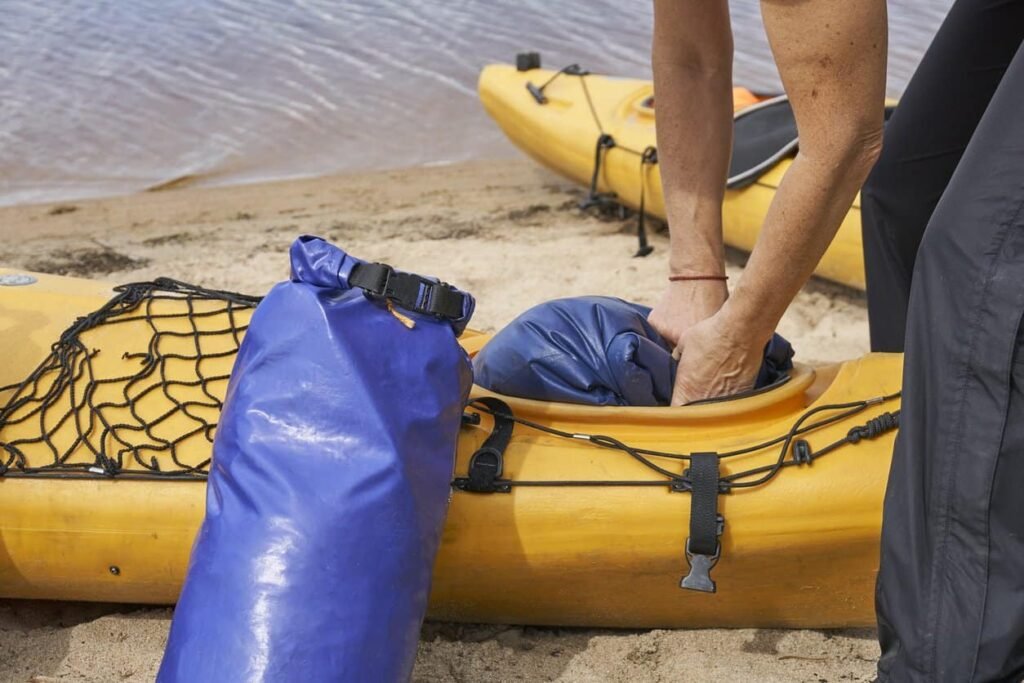
Kayaking and Canoeing
In kayaking and canoeing, dry bags safeguard equipment and personal items from splashes or accidental capsizes. They are ideal for storing items like cameras, snacks, and extra clothing. Opt for bags that can be easily secured to the kayak or canoe to prevent loss in rough waters. Dry Bags for Kayaking
Stand-Up Paddleboarding (SUP)
When paddleboarding, dry bags can be used to carry essentials like hydration packs, sun protection, and emergency kits. Lightweight and compact dry bags are preferred to maintain balance and ease of movement on the board. Paddleboarding with Dry Bags
Sailing and Boating
For sailing and boating enthusiasts, dry bags offer a solution to store clothing, electronic devices, and navigational tools. Larger dry bags are useful for longer trips, where more supplies are needed.
Jet Skiing and Water Skiing
In fast-paced sports like jet skiing and water skiing, a durable and secure dry bag is essential. These bags protect valuables from water spray and are often designed to withstand high-speed impact.
Diving and Snorkeling
For divers and snorkelers, dry bags keep towels, change of clothes, and sensitive equipment like cameras or phones safe from saltwater. Submersible dry bags are particularly beneficial for these activities.
Dry Bags for Camping and Hiking
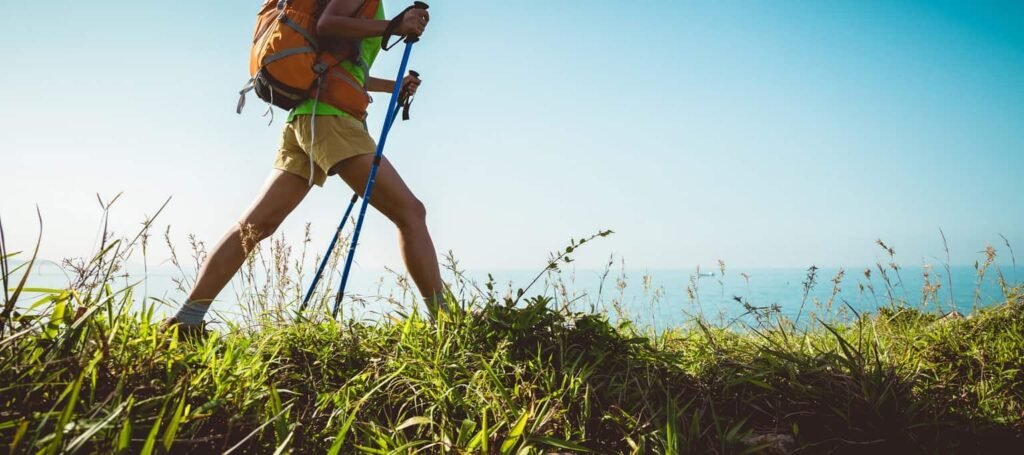
Protection Against the Elements
When camping or hiking, you’re often at the mercy of the weather. Dry bags provide a reliable way to keep clothing, sleeping bags, electronic devices, and food safe from rain, river crossings, or damp ground.
Organization and Accessibility
Dry bags come in various sizes and colors, which can be used to organize gear efficiently. Color-coding your bags simplifies finding items quickly without rummaging through your entire pack. Organizing Camping Gear with Dry Bags
Compression Dry Bags for Space Saving
Compression dry bags are a boon for hikers looking to save space. By removing air, they allow bulky items like sleeping bags or winter clothes to be packed down, freeing up valuable backpack space.
Keeping Food Dry and Safe
For multi-day hikes or camping trips, keeping food dry is crucial. Dry bags protect food from moisture, which can lead to spoilage, and also from animals and insects. Food Storage in Dry Bags
Emergency Situations
In unexpected scenarios like flash floods or getting lost, a dry bag can be a lifesaver. They can be used to create an emergency floatation device or to keep critical survival gear dry.
Lightweight Options for Hikers
Ultralight dry bags are available for hikers who are mindful of their pack weight. These bags offer waterproof protection without adding significant weight. Ultralight Dry Bags for Hiking
Durability for Rugged Terrains
Hiking and camping can be demanding on gear. Dry bags designed for these activities are typically made with rugged materials to withstand abrasions and punctures.
Other Creative Uses of Dry Bags
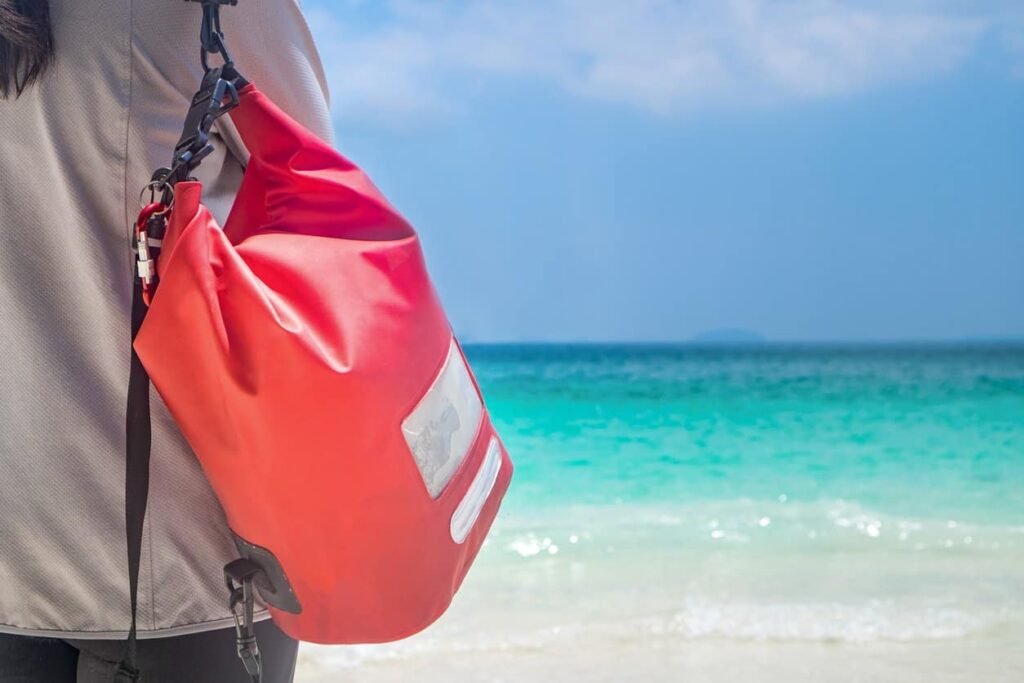
As an Emergency Pillow
When camping or traveling, a dry bag can be filled with soft items like clothes to create a makeshift pillow. This is particularly handy when you need to pack light but still want some comfort. Creating Pillows from Dry Bags
For Laundry While Traveling
Dry bags make an excellent portable laundry bag. You can fill them with water and detergent to wash clothes on the go, especially during long trips or when outdoor washing facilities are unavailable.
As a Makeshift Shower
By filling a dry bag with water and placing it in the sun, you can heat the water and use it as a makeshift shower. This is particularly useful for camping in remote areas.
Waterproofing Medical Supplies
In emergency or first aid scenarios, keeping medical supplies dry is crucial. Dry bags offer an effective solution to store and transport these items safely, especially in wet conditions. Dry Bags for Medical Kits
Protecting Electronics During Water Commutes
For individuals commuting by boat or in rainy regions, dry bags are perfect for protecting laptops, cameras, and other electronic devices from water damage.
For Organizing Items in a Boat or RV
In boats or RVs, where space is limited and conditions can get damp, dry bags help organize and protect items like tools, kitchen utensils, or personal belongings.
Storing Seasonal Clothing
Dry bags can be used for storing seasonal clothing, keeping them protected from moisture, mold, and pests during off-season storage.
Choosing the Right Dry Bag
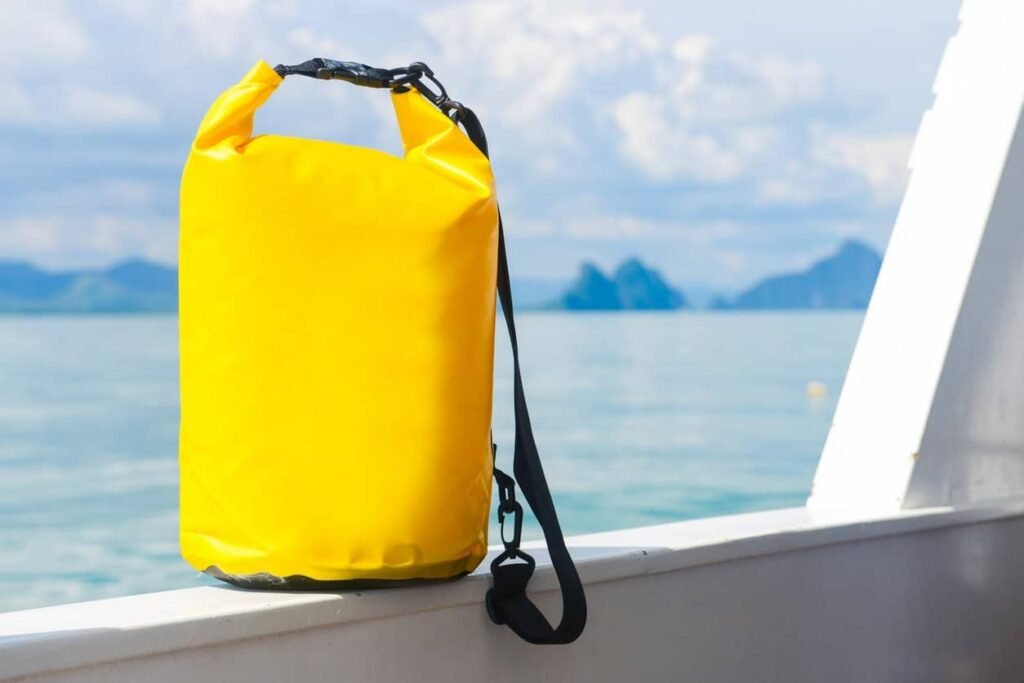
Size Matters
The first and foremost consideration is the size of the dry bag. Determine the volume you require to accommodate your gear or belongings. Dry bags come in various capacities, ranging from small 5-liter bags suitable for personal items to large 100-liter bags designed for extensive expeditions. Choose a size that fits your intended use.
Closure Type
Dry bags typically feature three main closure types: roll-top, zipper, and zip-lock. Roll-top closures are the most common and reliable, ensuring a waterproof seal. Zipper closures are convenient for quick access but may require more maintenance. Zip-lock closures are user-friendly but may not be as waterproof as roll-tops. Consider the closure type that aligns with your preferences and the bag’s intended use.
Material and Durability
Dry bags are constructed from various materials, including PVC, nylon, and TPU. PVC offers robust durability and waterproofness but can be less flexible. Nylon dry bags are lightweight and compact but may not be as durable. TPU combines the best of both worlds, providing durability, flexibility, and waterproofness. Assess the material’s strength and longevity concerning your activities and the bag’s exposure to harsh conditions.
Straps and Carrying Options
Evaluate the bag’s carrying options and straps. Some dry bags feature removable backpack-style straps, while others have single shoulder straps or simple carry handles. Think about how you plan to transport the bag and whether you need the convenience of backpack-style straps for hiking or carrying multiple bags.
Transparency and Organization
Transparent dry bags can be advantageous when you need to locate specific items quickly. They allow you to see the contents without opening the bag. Alternatively, solid-color bags offer privacy but may require labeling or extra organization to find items efficiently. Consider your preference for transparency and whether you need additional internal compartments or pockets for better organization.
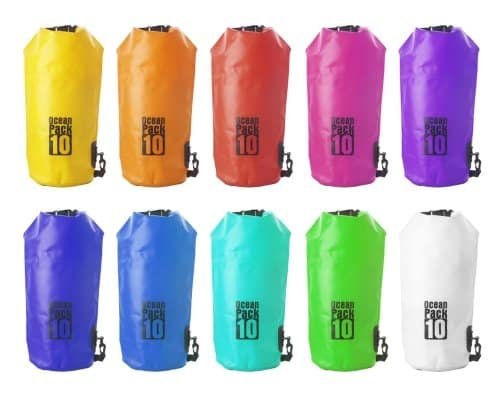
FAQ
Q1. How can I maintain my dry bag’s waterproofness?
-
- Regularly inspect for damage.
- Properly seal it as instructed.
- Avoid overloading and sharp objects.
- Rinse after saltwater exposure.
- Store in a cool, dry place.
Q2. Can I store food in a dry bag?
A:Dry bags are not recommended for food storage.
Q3. Are dry bags suitable for snorkeling or scuba diving?
A:No, use specialized gear for underwater activities.
Q4. Can I repair a damaged dry bag?
-
- Minor damage can be patched or sealed.
- Consider professional repair for major damage.
Q5. Can I use a dry bag for electronics?
-
- Yes, ensure the bag is waterproof.
- Use a separate waterproof case for devices.
Conclusion
In conclusion, dry bags are versatile and essential outdoor companions. Whether you’re kayaking, camping, hiking, or engaging in water sports, a quality dry bag ensures your belongings stay safe and dry. From protecting electronics to storing clothes and gear, their uses are diverse. By choosing the right dry bag based on your activities, you can enjoy worry-free adventures. So, next time you embark on an outdoor journey, don’t forget to pack a reliable dry bag—it might just become your most trusted companion.

